The Rules of the Game: How Global Policy Is Shaping AI Accessibility from Rights to Reality
Dinis GuardaAuthor
Tue Nov 25 2025
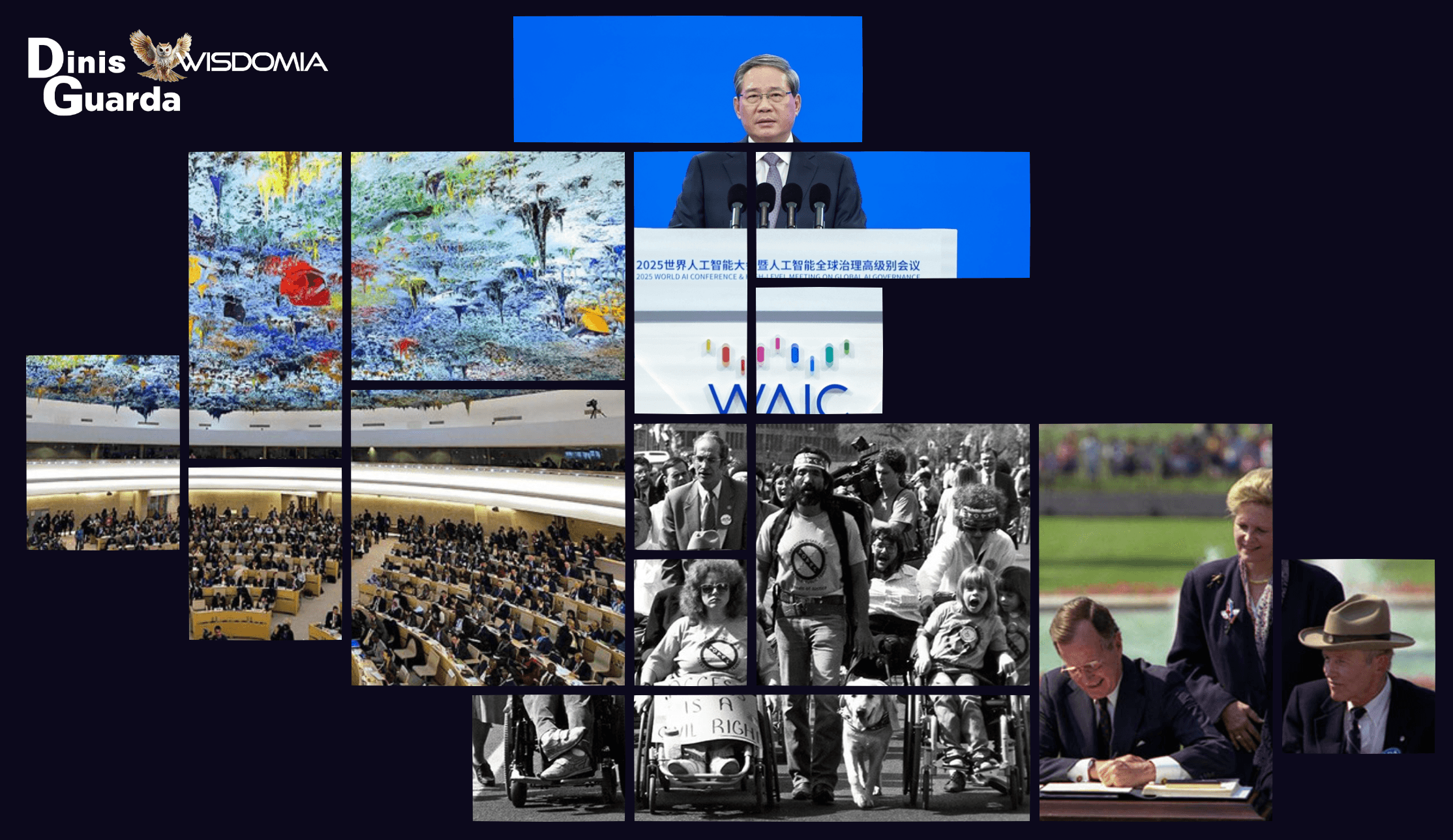
Global AI accessibility is being shaped by WHO, UN, EU, U.S., and Asia-Pacific policies. Explore how regulation is turning rights into reality for billions.
Part 5 of Wisdomia's Deep Dive into AI, Inclusivity, and Neurodiversity
When Innovation Meets Regulation
We've journeyed through the massive global need (2.5 billion people), the revolutionary AI applications breaking barriers, the academic research redefining disability, and the corporate leaders proving the business case. But there's one force that ultimately determines whether these innovations reach everyone or remain privileges for the few:
Policy.
Technology companies can innovate. Researchers can discover. Corporations can implement. But governments set the rules that make accessibility mandatory rather than optional, universal rather than exceptional.
This chapter explores the evolving global regulatory landscape, from the WHO's coordinated frameworks to the EU's groundbreaking legislation and the U.S. civil rights protections being extended into the AI era. The story is one of fragmented national policies slowly converging into a coordinated global approach.
The question isn't whether regulation will shape AI accessibility. It's whether regulation will move fast enough to match the technology.
The Global Foundation: WHO and the UN Framework
The 2018 Catalyst
The 2018 World Health Assembly Resolution WHA71.8 on assistive technology marked a turning point, transforming AT from niche concern to mainstream health priority. This resolution, followed by the 2022 WHO-UNICEF Global Report, catalyzed awareness across health, education, labor, and humanitarian sectors worldwide.
The WHO established the GATE Initiative (Global Cooperation on Assistive Technology) built on the 5P Framework:
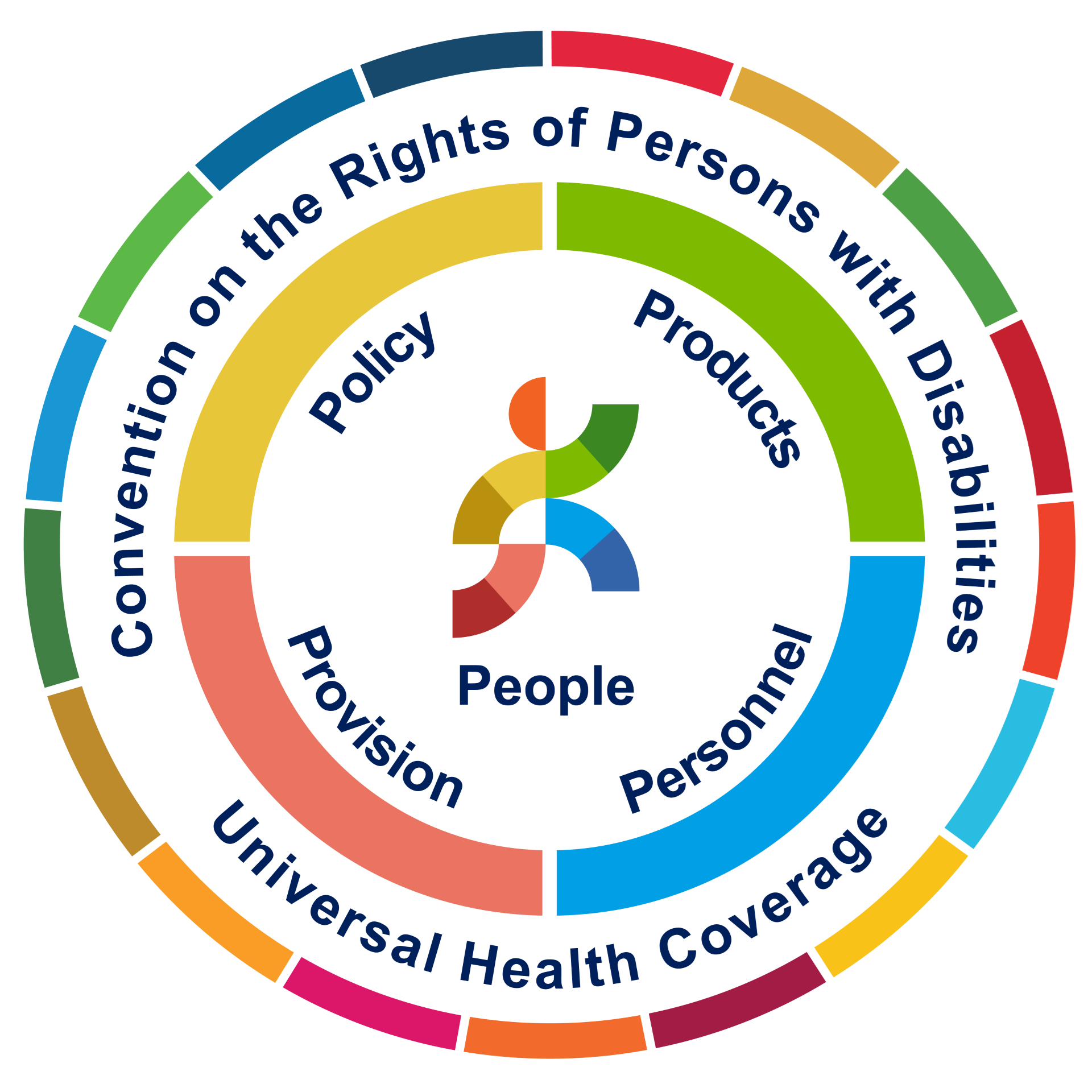
- People (at the center)
- Policy (regulatory environment)
- Products (quality assistive technologies)
- Provision (service delivery systems)
- Personnel (trained workforce)
The 2025 GATE Summit aims to accelerate distribution of assistive technologies globally, bringing together government representatives, UN agencies, disability advocates, researchers, and innovators.
UN Convention on the Rights of Persons with Disabilities

The UN CRPD, ratified by 185 countries, establishes accessibility as a fundamental human right:
- Article 4: General obligations including accessibility
- Article 9: Accessibility to physical environments, transportation, information and communications
- Article 20: Personal mobility and assistive technologies
Yet ratification doesn't equal implementation. The gap between signed commitments and lived reality remains substantial, particularly in low- and middle-income countries where access can be as low as 3%.
Regional Powerhouses: EU and U.S. Lead Different Paths
The European Union: Comprehensive Regulation
Europe is creating the world's most comprehensive regulatory framework for inclusive technology:
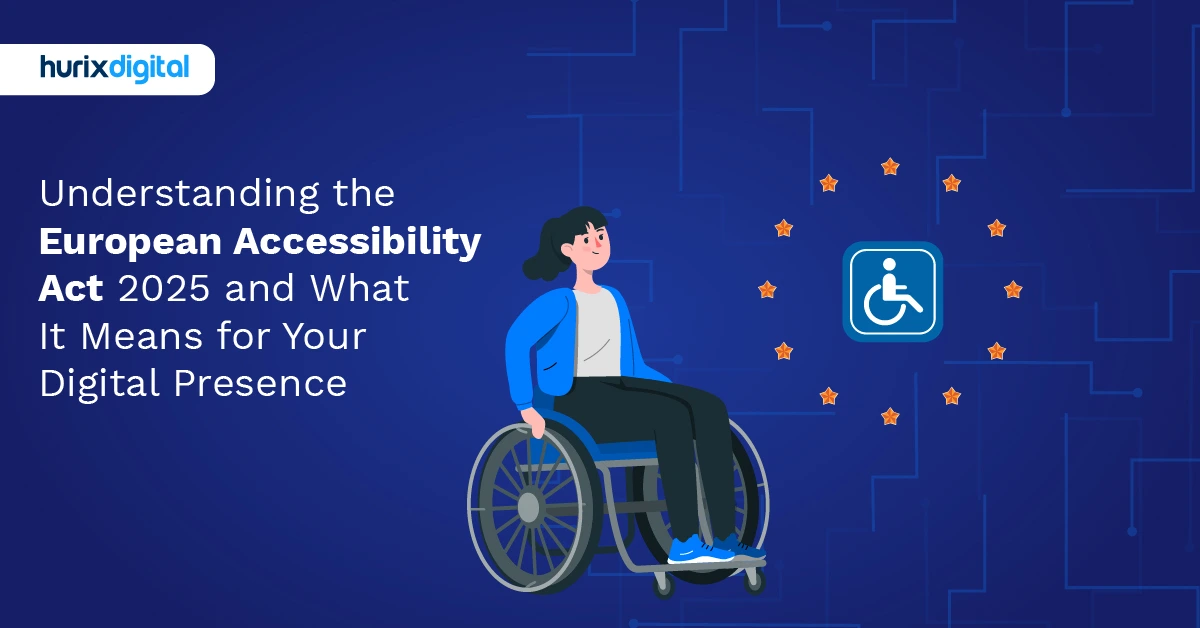
EU Accessibility Act (2019, enforcement begins 2025) Mandates accessibility standards for products and services, creating legal obligations that transform market incentives. Companies serving EU markets must comply, making accessibility a business requirement, not a choice.
EU AI Act (2024, enacted) The world's first major AI regulation establishes:
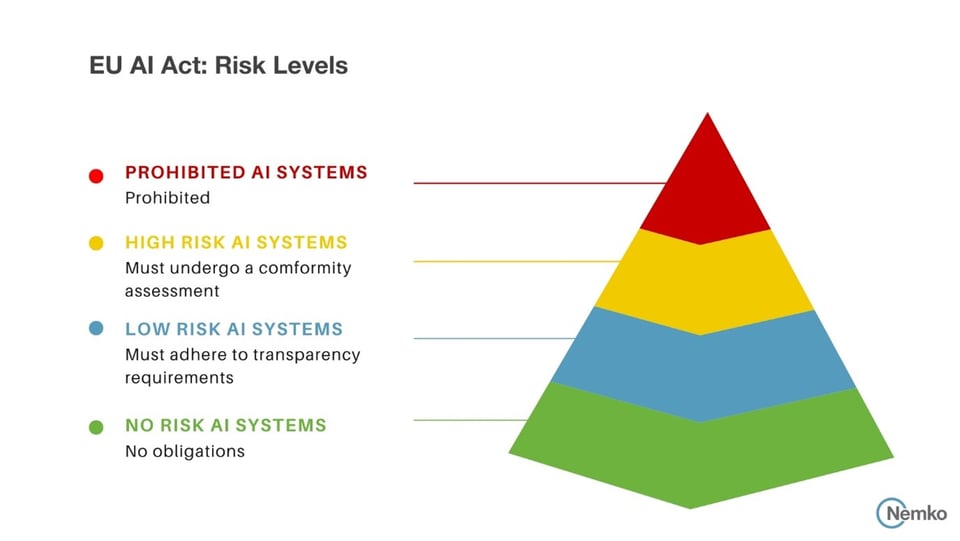
- Risk-based approach to AI systems
- Mandatory requirements for high-risk applications
- Transparency obligations
- Human oversight requirements
- Strong enforcement mechanisms with significant penalties
The EU model prioritizes regulatory certainty and comprehensive coverage, creating clear rules that apply uniformly across member states.
The United States: Civil Rights Extension
The U.S. approach extends existing civil rights protections into the AI era:

Americans with Disabilities Act (ADA, 1990) Prohibits discrimination based on disability, increasingly interpreted to cover digital accessibility and AI systems.
Section 508 (1998) Requires federal agencies to make electronic and information technology accessible, driving standards that influence broader markets.
EEOC AI Guidance (2024) The Equal Employment Opportunity Commission published comprehensive guidance on AI and employment decisions affecting people with disabilities, including:
- American Sign Language videos for accessibility
- Information about assistive technology on Job Accommodation Network
- Tips for employees and applicants navigating AI-powered hiring systems
Joint Federal Agency Statement (2023) The Federal Trade Commission, Consumer Financial Protection Bureau, Department of Justice, and EEOC released a joint statement affirming that existing civil rights laws apply to AI systems, a crucial clarification that disability protections extend to algorithmic decision-making.
The U.S. model emphasizes enforcement of existing rights in new contexts rather than creating entirely new regulatory frameworks.
Asia-Pacific: Emerging Leadership

China's Proactive Framework

China has moved aggressively to regulate AI ethics and accessibility:
Provisional Administrative Measures for Generative AI Services (2024):
- Prohibit use of AI to generate discriminatory content based on ethnicity, beliefs, or disability
- Require transparency in AI system operations
- Mandate user consent for data collection
Measures for Ethical Review of Science and Technology:
- AI enterprises must establish Science and Technology Ethics Committees
- Conduct ethical reviews examining fairness, transparency, reliability, and controllability
UN Human Rights Council Joint Statement: China presented a joint statement on behalf of 70 countries emphasizing AI's role in assisting people with disabilities and calling for:
- Reducing the digital divide
- Promoting high-quality AI development
- Considering interests of people with disabilities
- Improving convenience, accessibility, and inclusiveness of AI
This represents growing global consensus transcending geopolitical divisions.
Singapore: Inclusive by Design

Singapore's "Building an Inclusive and Safe Digital Society" parliamentary motion (2024) emphasizes that digital inclusion must embrace diversity, ensuring digital interfaces are inclusive by design from inception, shifting accessibility from retrofit to foundational principle.
Hong Kong: Data Protection and AI
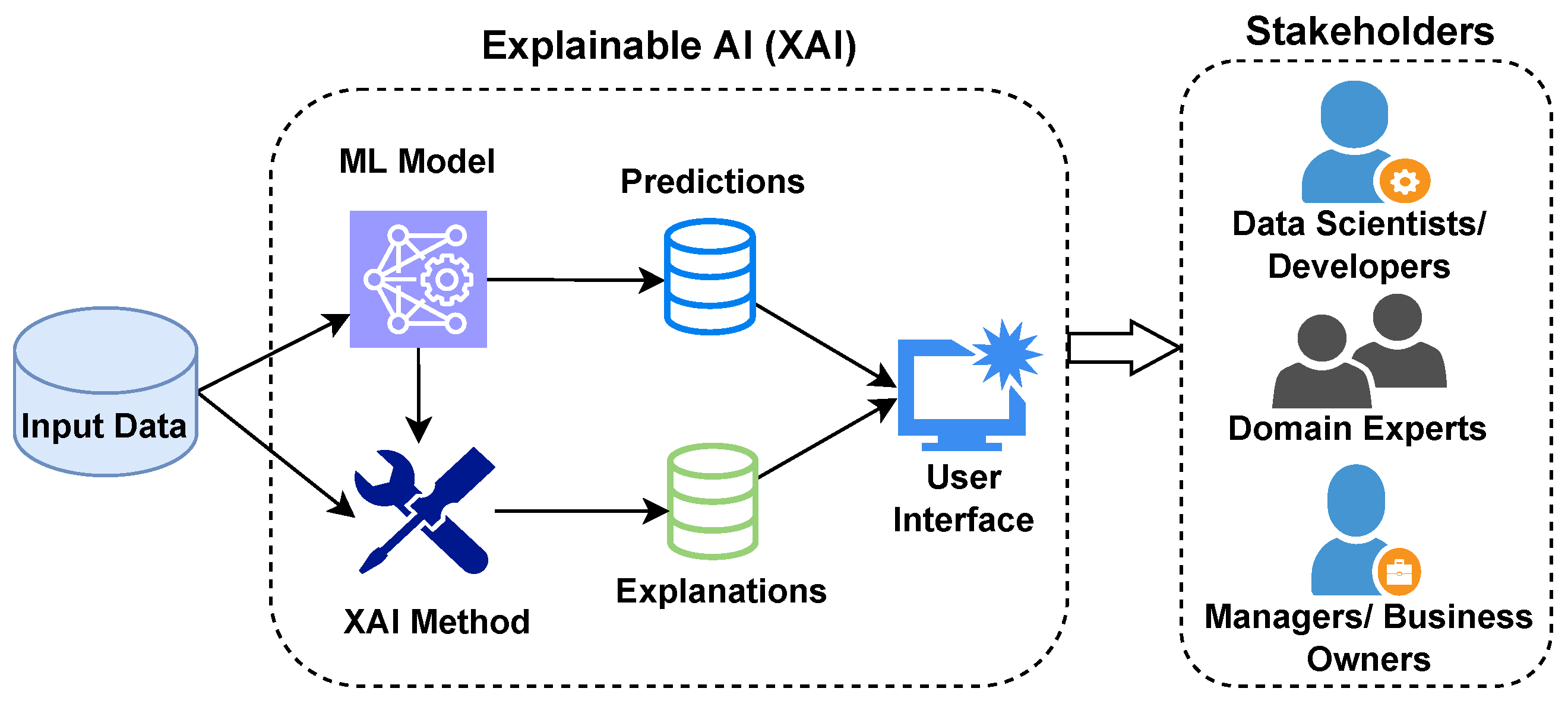
The Model Data Protection Framework for AI (June 2024) advocates for:
- Explainable AI
- Robust data privacy
- Human-centric design
- Addressing biases through continuous monitoring
The Convergence: Universal Principles Emerging
Despite different regulatory approaches, core principles are converging globally:
- Non-Discrimination : All major frameworks prohibit AI systems from discriminating based on disability, establishing this as non-negotiable baseline.
- Transparency : Requirements for explainable AI and algorithmic transparency appear across EU, U.S., China, and Asia-Pacific frameworks.
- Human Oversight : Recognition that AI systems require human supervision, particularly for high-stakes decisions affecting employment, healthcare, and fundamental rights.
- Data Privacy : Protection of personal data, especially sensitive information about disabilities and health conditions.
- Continuous Bias Monitoring : Ongoing assessment and remediation of algorithmic bias rather than one-time audits.
- Accessibility Standards : Mandatory accessibility requirements moving from optional best practices to legal obligations.
The Implementation Challenge
Policy frameworks mean nothing without enforcement. Key challenges include:
- Capacity Gaps : Many countries lack technical expertise to assess AI system compliance with accessibility requirements.
- Resource Constraints : Low- and middle-income countries struggle to implement comprehensive assistive technology programs despite policy commitments.
- Enforcement Mechanisms : Without penalties for non-compliance, accessibility requirements remain aspirational rather than mandatory.
- Corporate Compliance : Companies operating globally must navigate different regulatory requirements, creating complexity but also opportunities for universal design approaches that exceed minimum requirements across all markets.
The 2025 Inflection Point
Several factors make 2025 a critical year:
- EU Accessibility Act enforcement begins, creating legal obligations for companies serving European markets.
- WHO GATE Summit brings global stakeholders together to accelerate assistive technology distribution.
- U.S. federal agencies continue clarifying how civil rights protections apply to AI systems through guidance and enforcement actions.
- 185 countries have now ratified UN CRPD, establishing near-universal commitment to disability rights.
- The regulatory infrastructure is largely in place. What remains is political will and resource allocation to turn commitments into reality.
What This Means for Different Stakeholders
For Technology Companies
Accessibility is becoming legally mandatory, not optional. Proactive compliance creates competitive advantages; reactive compliance creates legal liability.
For Governments
International frameworks provide templates and best practices. The question is speed of adoption and quality of implementation.
For Advocacy Organizations
Policy creates leverage for demanding change. Strong frameworks enable advocacy; weak frameworks limit impact.
For Individuals with Disabilities
Rights codified in policy become enforceable claims rather than requests for accommodation. But enforcement mechanisms matter as much as written rights.
From Fragmentation to Coordination
The global regulatory landscape is evolving from fragmented national policies toward coordinated international frameworks. The WHO provides global guidance. Regional bodies like the EU create comprehensive regulations. National governments extend civil rights protections. Seventy countries unite behind joint statements at the UN.
This isn't perfect coordination, significant gaps remain in implementation, enforcement, and resource allocation. Low-income countries still see only 3% access to needed assistive technologies despite policy commitments.
But the direction is clear: accessibility is moving from optional accommodation to fundamental right, from best practice to legal requirement, from corporate social responsibility to regulatory compliance.
The technology exists. The research validates it. Corporations prove the business case. And now, increasingly, policy makes it mandatory.
The final question becomes: Will individuals with disabilities and neurodivergent communities have meaningful voice in shaping these policies? Are we creating rules for people or with people?
That question, of participation, co-creation, and authentic inclusion in policy-making itself, may be the most important of all.
Continued from Part 4: "When Profit Meets Purpose: How Microsoft, Be My Eyes, and Corporate Leaders Are Proving the Business Case for Accessibility"
Based on research from "AI Inclusivity, Neurodiversity and Disabilities: A Comprehensive White Paper on Artificial Intelligence as a Transformative Force" by Dinis Guarda
Key Policy Milestones:
- 185 countries ratified UN CRPD
- 70 countries united behind China's UN joint statement on AI accessibility
- EU Accessibility Act enforcement begins 2025
- U.S. federal agencies affirmed civil rights laws apply to AI (2023)
- WHO GATE Summit 2025 to accelerate global assistive technology distribution
Next in this series: Part 6 will explore the future horizon, emerging technologies, ethical considerations, and the path from today's innovations to universal accessibility.
previous
The Rise and Fall of Civilisations: A Complete History
next
Elder Voices of the Millennium: Adyashanti
Share this

Dinis Guarda
Author
Dinis Guarda is an author, entrepreneur, founder CEO of ztudium, Businessabc, citiesabc.com and Wisdomia.ai. Dinis is an AI leader, researcher and creator who has been building proprietary solutions based on technologies like digital twins, 3D, spatial computing, AR/VR/MR. Dinis is also an author of multiple books, including "4IR AI Blockchain Fintech IoT Reinventing a Nation" and others. Dinis has been collaborating with the likes of UN / UNITAR, UNESCO, European Space Agency, IBM, Siemens, Mastercard, and governments like USAID, and Malaysia Government to mention a few. He has been a guest lecturer at business schools such as Copenhagen Business School. Dinis is ranked as one of the most influential people and thought leaders in Thinkers360 / Rise Global’s The Artificial Intelligence Power 100, Top 10 Thought leaders in AI, smart cities, metaverse, blockchain, fintech.
More Articles

The Hard Truths: Three Critical Barriers Standing Between AI Innovation and Universal Accessibility

Elder Voices of the Millennium: Adyashanti

The Rise and Fall of Civilisations: A Complete History
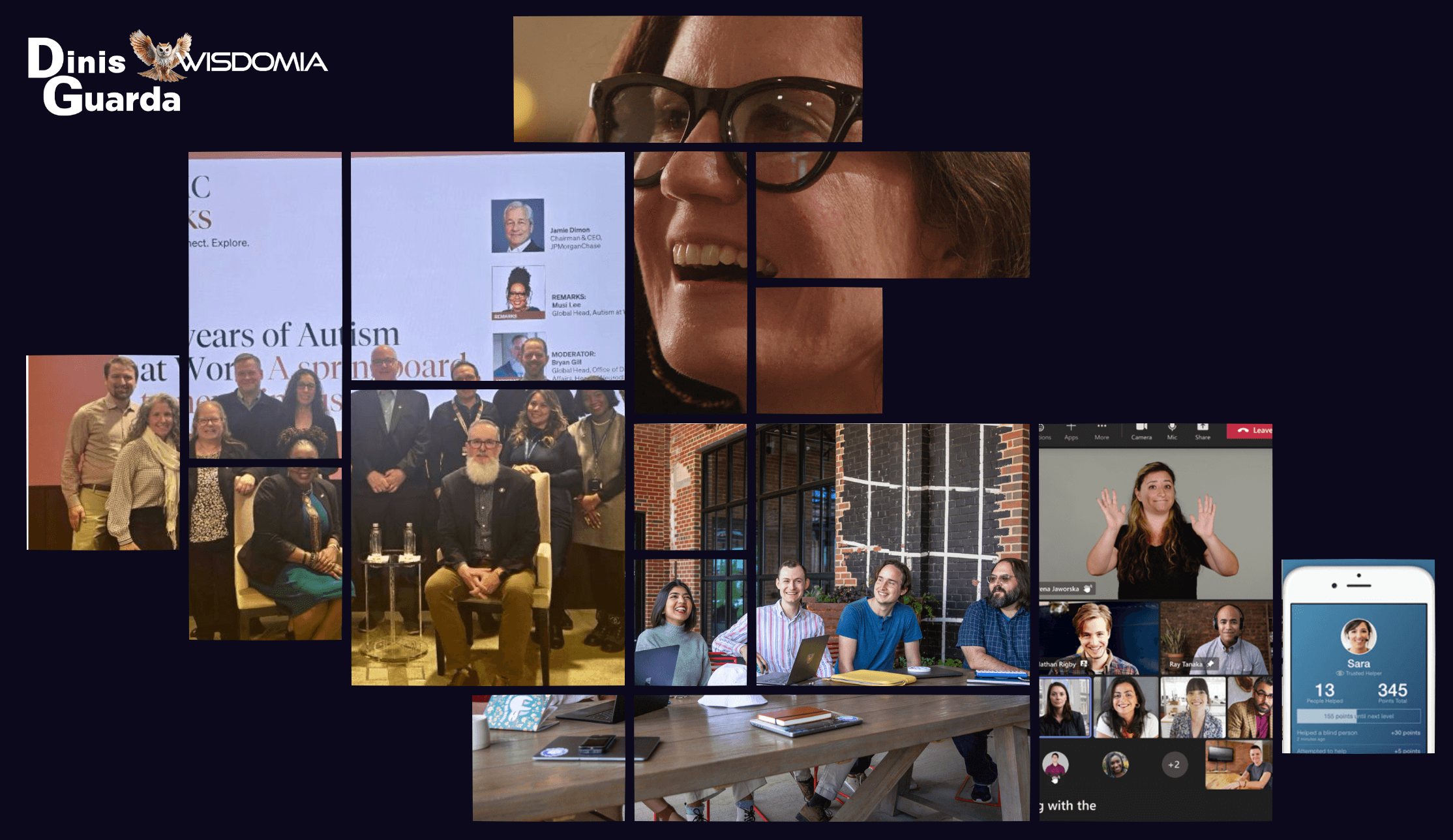
When Profit Meets Purpose: How Microsoft and Corporate Leaders Are Proving the Business Case for Accessibility





